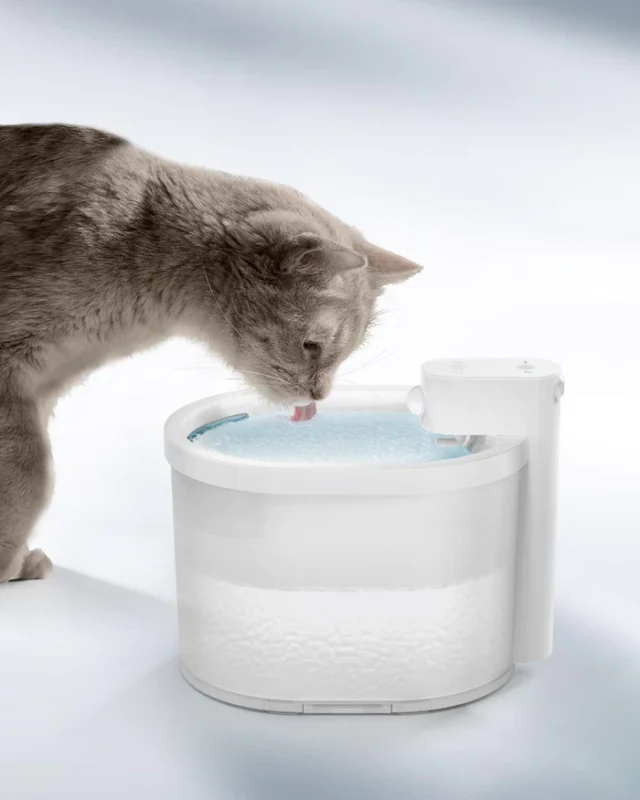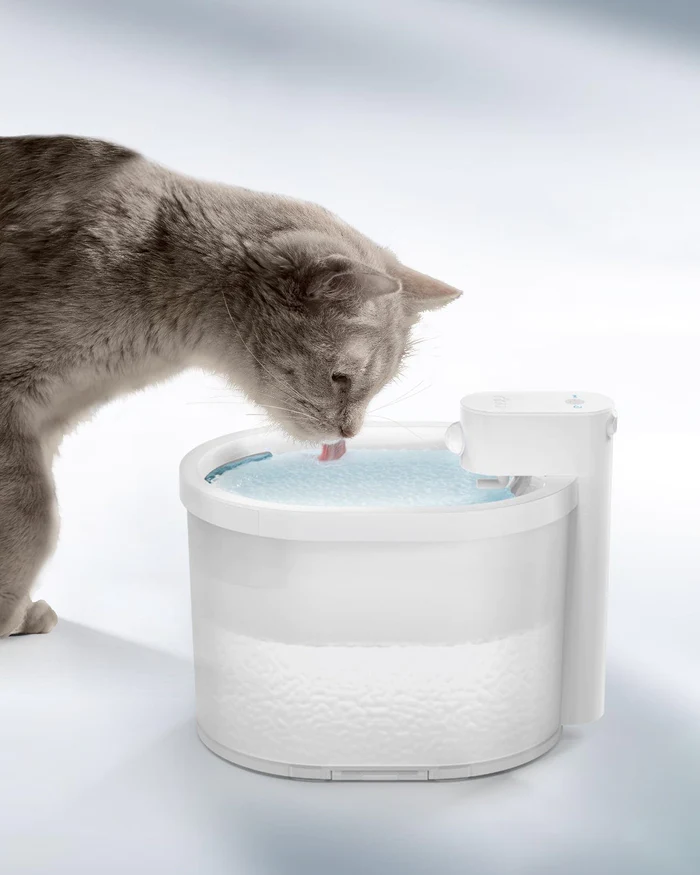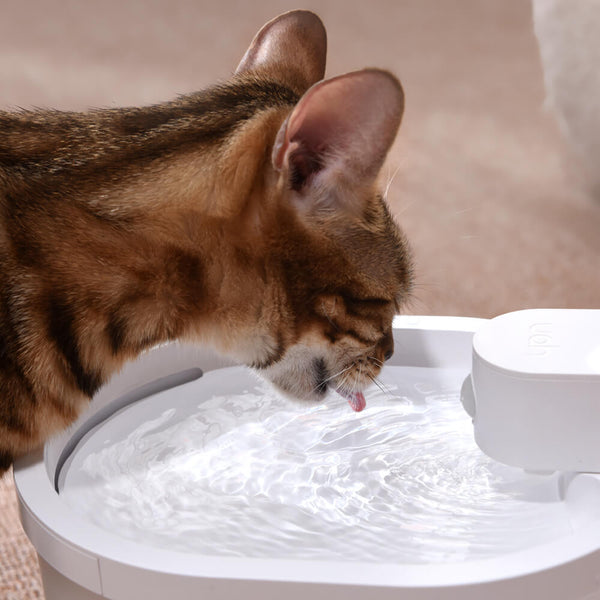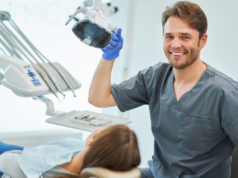
Cats are unique and fascinating creatures that bring joy and companionship to our lives. As responsible pet owners, it is essential to provide them with the best care possible, and that includes ensuring they have access to fresh and clean water at all times.
Cat water fountains have become a popular choice for many pet owners due to their numerous benefits, but like any pet accessory, they come with their own set of do’s and don’ts. In this article, we will explore everything you need to know about cat water fountains to keep your feline friends happy and healthy.
The Importance of Hydration for Cats:
Before we delve into the dos and don’ts of cat water fountains, let’s first understand the importance of proper hydration. Hydration is a crucial part of survival for living beings, including cats, it helps in promoting the overall health of cats covering both physical and psychological. To ensure your cat stays hydrated, introduce them to the new innovative water-consuming options. Introducing your cat to a battery operated cat water fountain is a great way to encourage your cat’s hydration.
Some cats can be reluctant when it comes to drinking plenty of water. The owners have to introduce them and show them some positive enforcement towards cat water fountains. Cats are descendants of desert-dwelling creatures and have a low thirst drive, which means they may not drink water as readily as dogs or other pets. Dehydration can lead to various health issues. Cats are easily prone to develop Urinary tract infections due to dehydration. Sufficient water intake promotes frequent flushing of kidney infections through urination, reducing the risk of stone and crystal formation in the kidney.
Proper hydration plays a very vital role in preventing constipation in your feline companion. Consuming plenty of water helps to keep the digestive system running smoothly and prevents any gastrointestinal issues in cats. Hydration promotes the overall proper functioning of several organs, by flushing out toxins and impurities from water. It also improves joint health in older and arthritic cats by lubricating and promoting mobility.
Consuming an adequate amount of water by cats also promotes the health of skin and coat. Hydration promotes healthy glossy skin and smooth coats in cats preventing them from having itchy and dry skin. To ensure your cat’s proper hydration always provides clean and fresh water. Keep a check on your cat’s water intake regularly.
Consulting your cat’s veterinarian frequently to ensure your cat is free from any underlying disease and to take personalized advice on your cat’s hydration is a good step. Avoid wet cat food, and if it is recommended by a doctor due to medical reasons try to make sure your cat stays hydrated. A wireless cat water fountain helps to amuse the cats, drawing their attention toward water in a very playful manner, and encouraging your cat to consume plenty of water for its overall wellbeing.
Do’s:
1. Choose the Right Fountain: When selecting a cat water fountain, opt for one that is specifically designed for feline use. Look for fountains with cat-friendly features like low-noise motors, adjustable water flow, and a shallow drinking basin. Some fountains even have multi-tiered designs that allow cats to drink from different levels.
2. Regularly clean and maintain: Proper hygiene is vital to ensure your cat’s water remains fresh and free from contaminants. Follow the manufacturer’s cleaning instructions, and disassemble and clean the fountain at least once a week. Regular maintenance will prevent bacterial growth and keep the water tasting fresh.
3. Place the Fountain Strategically: Cats appreciate a quiet and peaceful environment for drinking. Avoid placing the fountain next to their litter box or in high-traffic areas. Instead, choose a calm spot away from any sources of stress, where they can comfortably drink without feeling threatened.
4. Provide Multiple Water Sources: Although cats prefer running water, it’s beneficial to offer additional water sources throughout your home. Place water bowls in different locations, especially in areas where your cat spends the most time. This ensures they always have access to water and encourages them to stay hydrated.
5. Monitor Water Intake: Keep an eye on your cat’s water consumption. If you notice a sudden decrease in water intake, it could be a sign of an underlying health issue. Increased water intake might also indicate a problem, such as diabetes or kidney disease. Consult your veterinarian if you observe any significant changes.
Don’ts:
1. Neglect Cleaning: Letting the water fountain become dirty and moldy can lead to serious health problems for your cat. Bacteria can thrive in stagnant water, leading to gastrointestinal issues and infections. Avoid the temptation to skip cleaning, and always prioritize your cat’s health and well-being.
2. Use Strong Chemicals for Cleaning: While cleanliness is crucial, avoid using harsh chemicals or cleaning agents like bleach, as they can be toxic to your cat. Instead, opt for pet-safe, mild detergents, and make sure to rinse the fountain thoroughly before refilling it with fresh water.
3. Ignore Unusual Noises or Malfunctions: If your cat’s water fountain starts making strange noises or malfunctions in any way, do not ignore it. Cats are sensitive to sounds, and the noise could deter them from using the fountain. Additionally, a malfunctioning fountain may not provide water properly, leading to dehydration issues.
4. Place the Fountain near Food: Cats generally prefer to have their water source separate from their food. In the wild, water sources are away from hunting grounds to avoid contamination. Keeping the water fountain away from their food bowl respects this natural behavior and encourages them to drink more.
5. Overlook the Fountain’s Water Level: It’s easy to forget to refill the water fountain, especially if it has a large reservoir. However, allowing the fountain to run dry can damage the pump and create undesirable noises. Make it a habit to check the water level daily and top it up as needed.
















